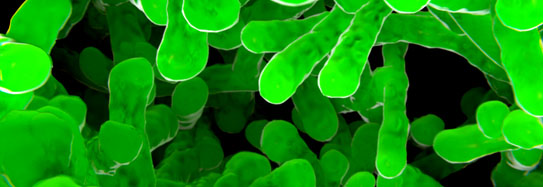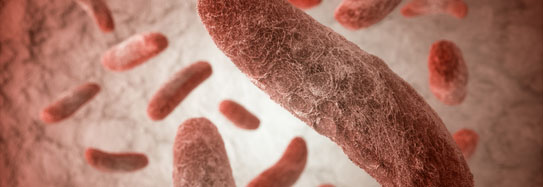Toxic shock syndrome (TSS) made the news in the late 1970s and early 1980s when it was found that many people who developed TSS had used certain brands of super-absorbent tampons. These were later taken off the market. However, although TSS is rare, it’s still a problem associated with infections, such as cellulitis, pneumonia, or osteomyelitis.
Toxic shock syndrome occurs when certain bacteria release toxins into the body. Although TSS can be caused by group A streptococcus (strep) bacteria, it is usually caused by Staphylococcus aureus (staph) bacteria. These can lead to sepsis and septic shock.
Sepsis is a life-threatening emergency that happens when your body’s response to an infection damages vital organs and, often, causes death. Like strokes or heart attacks, sepsis is a medical emergency that requires rapid diagnosis and treatment.
Suggested Citation:
Sepsis Alliance. Sepsis and Toxic Shock Syndrome. 2024. https://www.sepsis.org/sepsisand/toxic-shock/
Updated June 18, 2024.








































